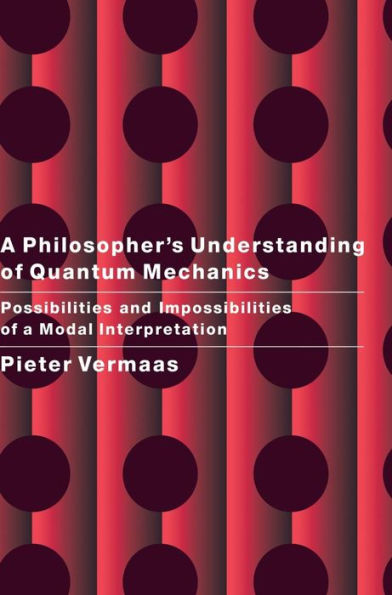5
1
9780521651080



A Philosopher's Understanding of Quantum Mechanics: Possibilities and Impossibilities of a Modal Interpretation available in Hardcover, Paperback

A Philosopher's Understanding of Quantum Mechanics: Possibilities and Impossibilities of a Modal Interpretation
- ISBN-10:
- 0521651085
- ISBN-13:
- 9780521651080
- Pub. Date:
- 01/28/2000
- Publisher:
- Cambridge University Press
- ISBN-10:
- 0521651085
- ISBN-13:
- 9780521651080
- Pub. Date:
- 01/28/2000
- Publisher:
- Cambridge University Press

A Philosopher's Understanding of Quantum Mechanics: Possibilities and Impossibilities of a Modal Interpretation
$159.0
159.0
In Stock

Product Details
| ISBN-13: | 9780521651080 |
|---|---|
| Publisher: | Cambridge University Press |
| Publication date: | 01/28/2000 |
| Pages: | 308 |
| Product dimensions: | 6.69(w) x 9.61(h) x 0.75(d) |
From the B&N Reads Blog
